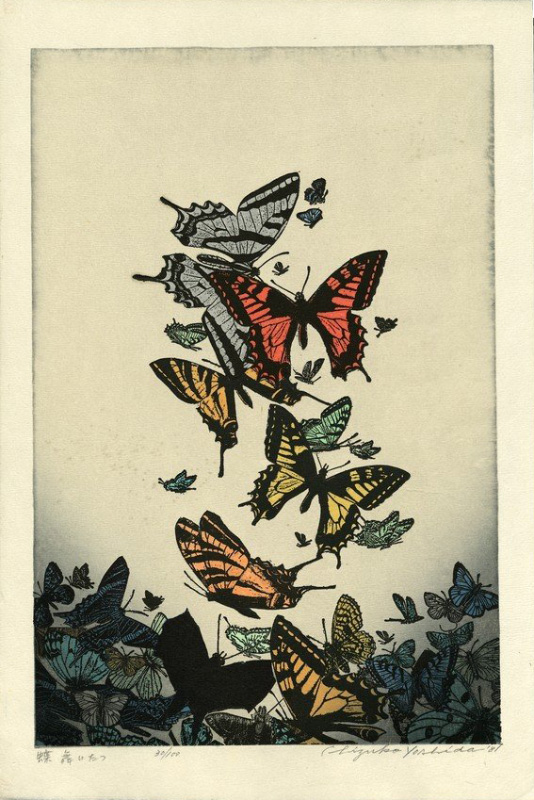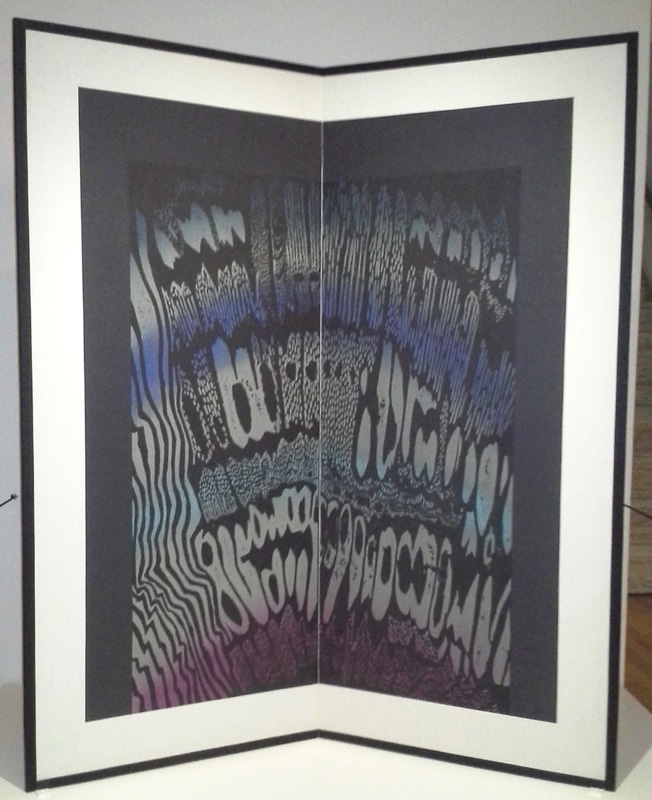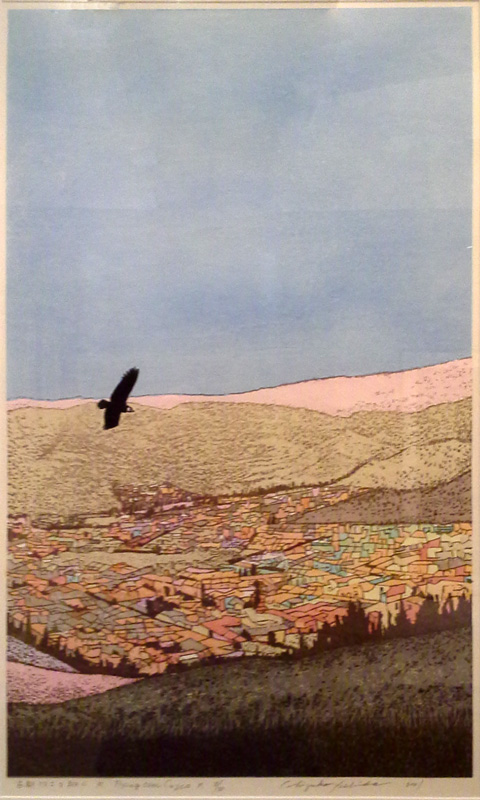Prints in Collection
Spring, 1954
IHL Cat. #1091Windows, 1954
IHL Cat. #1090
Rainy Day, 1954
IHL Cat. #2140
Biographical Data
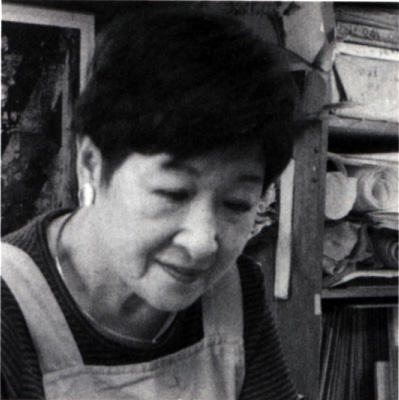 The artist at eighty (49th CWAJ catalog 2004) | Profile Yoshida Chizuko 吉田千鶴子 (1924-2017) - "One of the most innovative print artists working in Japan during the second half of the twentieth century, Chizuko Yoshida constantly experimented with new forms and ideas, embracing abstraction, surrealism, and naturalism. Co-founder of the Women’s Print Association, she exhibited regularly in Japan and in the United States, but has yet to receive the critical attention she deserves." – Maribeth Graybill, The Arlene and Harold Schnitzer Curator of Asian Art, Portland Art Museum “Throughout her long artistic career, she has explored the connections between such international art movements as abstract expressionism, op art, and minimalism, and more traditional Japanese themes and concerns, [b]ridging the gap between the two worlds..." - A Japanese Legacy Four Generations of Yoshida Family Artists. |
Source: A Japanese Legacy: Four Generations of Yoshida Family Artists, Laura W. Allen, Kendall H. Brown, Eugene M. Skibbe, et. al., The Minneapolis Institute of Arts, 2002, p. 178-195; Modern Japanese Prints: An Art Reborn, Oliver Statler, Charles E. Tuttle Company, 1956, p. 170, 171 and as footnoted.
A member of the famous Yoshida family of artists by way of her 1953 marriage to Yoshida Hodaka (1926-1995), she was born Chizuko Inoue in Yokohama on March 20, 1924, the daughter of a collector of Japanese art. As a child she was musically inclined and active in dance becoming a member of the Nichigeki Dance Company at the age of 15 in 1939.1 Her training as an artist can be traced to her time at Sato Girl’s High School in Tokyo where she studied water color and from which she graduated in 1941. After graduation she studied oil painting at the studio of Kitaoka Fumio (1918-2007) and it was while studying with Kitaoka that she was exposed to woodblock prints. She would later attribute some of her non-traditional woodblock techniques, such as the use of plywood and string, to Kitaoka.
Chizuko attended design classes at the Hongō Art Institute following her high school graduation until it was destroyed in the air raids of WWII. Due to the raids she was later evacuated to Aoyama where, according to the artist, she spent more time practicing the violin than on her art.
Returning to Tokyo after the war, Chizuko resumed oil painting and joined two important art associations: the Pacific Painting Society (Taiheiyō-Gakai), established in 1902 by her future father-in-law Yoshida Hiroshi (1876-1950) and Ishikawa Toraji (1875-1964), and the Vermilion Leaf Society (Shuyōkai), an artist group for women oil painters, established by Fujio Yoshida (1887-1987) and others in 1920. She also began submitting paintings to the Taiheiyō shows and in 1949 was made an associate member of the group. It was through the Taiheiyō that she met Hodaka. In the late 1940s, Chizuko started participating in the Century Society (Seiki no kai), a group of avant-garde artists, writers, and intellectuals who met two or three times monthly to discuss art theory and criticism. Okamoto Tarō (1911-1996), a prominent Surrealist painter and critic, led these sessions, and during the seminars, Chizuko was exposed to an emerging discourse on the integration of Japanese cultural traditions with international modernist principles. Under Okamoto’s influence, Chizuko moved away from the academic realism of her earlier works toward more abstract compositions… Her move to abstraction was reinforced through her attendance, with Hodaka, of a few of Onchi Kōshirō (1891-1955) Ichimokukai (First Thursday Society) gatherings towards the end of its activities in 1950.
Chizuko began gaining recognition for her oil paintings as early as 1950, when she showed an abstract work at the Shuyōkai’s annual exhibition. In 1951 she began to exhibit with Hodaka, contributing oil paintings to a joint show, and they would continue to jointly show work.
, 1960 pam 800x599 web.jpg) Akai toride (Red Fort), 1960 color woodblock print sheet: 22 1/2 in x 16 1/2 Portland Art Mueum 1998.52.13 | It was her association with, and marriage to, Hodaka in June 1953 that changed her focus from painting to printmaking. With that change her exhibition venues also changed to those of the major print organizations such as the Japan Print Association (Nihon Hanga Kyōkai), which she joined in 1954, and the CWAJ (College Women’s Association of Japan), where she has shown for over 45 years. Over the years, she has exhibited in many international art and print biennials. Throughout her career, Chizuko has been a champion of women in the arts, co-founding the Joryū Hanga Kyōkai (Women’s Print Association) in 1957, an association of nine professional women printmakers which included Minami Keiko (1911-2004), Iwami Reika (b. 1927), and Enokido Maki (b. 1938), Shishido Tokuko (b. 1930), and Kobayashi Donge (b. 1927.)2 Entering into the Yoshida family gave her opportunities for international travel and in 1957-1958 she toured America, England, France, Spain, Italy and various Asian countries with Hodaka and Fujio “an experience that became an important catalyst for her art…”3 Travel would continue to inspire her work, as in the print Red Fort (an Indian landmark), shown on the left. |
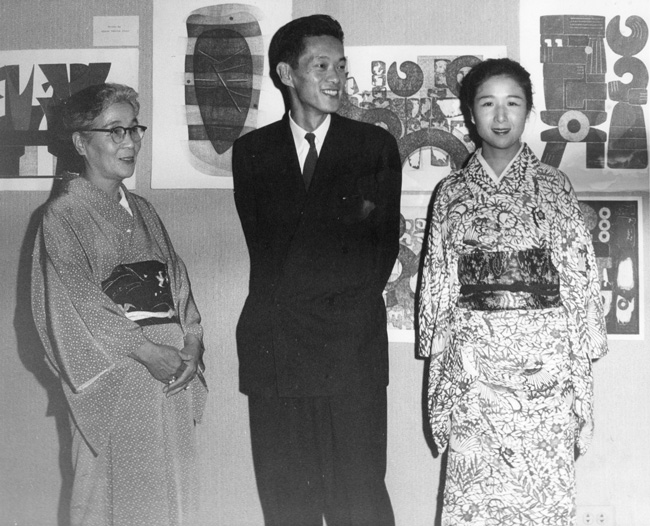
Fujio, Hodaka, and Chizuko Yoshida, 1957 at Dallas Museum of Fine Arts
"A small exhibition of 30 prints by the Yoshida family were also on view and for sale during their visit."
image source: Dallas Museum of Fine Arts https://blog.dma.org/tag/dallas-museum-of-fine-arts/
Although she and Hodaka shared an affinity for certain techniques and themes over the years of their marriage, Chizuko honed her own distinctive and original artistic vision. In her best-known abstractions, she expressed the ephemeral beauty of natural phenomena and the innate paradoxes in nature’s bounty: the balance between delicacy and strength, the variety within repetition, and the quality of transience as a prelude to regeneration.
In her earlier works, music was a recurring theme, such as in the print Jazz, shown below. Later, in the mid-1960s, she was to embrace deep embossing which added a 3-dimensionality to her work, as in the 1966 print White Strada A, shown below.
"Her woodblock prints range from geometric abstraction [as can be seen in this collection's 1954 print Windows] to music to phenomena in nature to beautiful gestures composed of butterflies or flowers. Underlying her compositions is an inner strength, the recollection of an indelible moment. A refined Japanese aesthetic prevails within her use of various modern international styles."5
But, Chizuko is best known for her butterflies and these prints “proved to be very popular, and commissions for new versions, in both large and small sizes, occupied her for many years. In an interview in 2000, she acknowledged the difficulty of escaping one’s own success, admitting that she continued to make butterfly prints long after she had grown tired of the subject simply because they sold so well."6
“Her passionate interest in butterflies and close study of them gives her prints, which are almost always based on them a surprising intensity.”7
| Butterflies Dancing Upward, 1981 image 14 1/8 x 9 3/8 inches |
Chizuko passed calmly and peacefully on April 1, 2017.
| Aurora, Seattle, 1959 Diptych; two color woodblock prints mounted on a two-panel folding screen Edition 1/1 "Yoshida created this unique and memorable oversize diptych for a solo exhibition at Yoseido Gallery in Ginza, Tokyo." - wall card from the Portland Art Museum exhibition | Koto Kusuko wo tobu P, 2001 (Flying Over Cuzco, P[eru] Photo-etching and color woodblock print on paper Edition 3/30 from the Portland Art Museum exhibition |
1 From a lecture delivered at the Portland Art Museum by Ayomi Yoshida on April 4, 2015 in conjunction with the exhibition Breaking Barriers: Japanese Women Print Artists 1950–2000
2 "In October 1956, a vibrant group of contemporary etchings, relief prints, and lithographs went on display in a Tokyo gallery. This was the debut exhibition of Japan’s first printmaking society for women artists, the Joryū Hanga Kyōkai, or the Women’s Print Association. It provided a crucial vehicle for talented female printmakers working in a crowded field of male maestros. For the next decade, the nine professional women artists who founded the society would continue to stage exhibitions of their work—culminating in a triumphant show in New York City in 1965—before going on to pursue successful solo careers. Drawn from the Museum’s permanent collection and important private collections, this exhibition unearths a critical, dynamic, and understudied episode of modern printmaking history. This exhibition presents a timely look at the careers of the group’s founding members and others who joined in successive years. Many of the works by these female printmakers are now extremely rare. Only a few of the artists, mostly in their 90s, are alive today. Yet their collective body of work is as diverse as it is visually captivating. In Joryū Hanga Kyōkai, 1956–1965, works by artists like Iwami Reika (1927-2020), Kobayashi Donge (b. 1926), Shima Tamami (1937-1999), Uchima Toshiko (1918–2000), and Yoshida Chizuko (1924–2017) demonstrate the expansive and fiercely creative vision of Japan’s first women printmakers association." [source: website of Portland Art Museum, introduction to the exhibition "Joryū Hanga Kyōkai, 1956–1965 Japan’s Women Printmakers", Sep 24, 2020 – Jun 13, 2021"
3 A Japanese Legacy: Four Generations of Yoshida Family Artists, Laura W. Allen, Kendall H. Brown, Eugene M. Skibbe, et. al., The Minneapolis Institute of Arts, 2002,
3 A Japanese Legacy: Four Generations of Yoshida Family Artists, Laura W. Allen, Kendall H. Brown, Eugene M. Skibbe, et. al., The Minneapolis Institute of Arts, 2002,
4 Ayomi Yoshida's website http://www.ayomi-yoshida.com/e/index.html
5 wikipedia http://en.wikipedia.org/wiki/Chizuko_Yoshida
6 op. cit, A Japanese Legacy, p. 181.
7 Contemporary Japanese Prints: Symbols of a Society in Transition, Lawrence Smith, Harper & Row Publishers, 1985, p. 45.
last revision:
6/27/2021
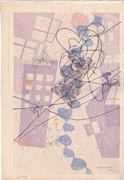
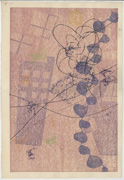
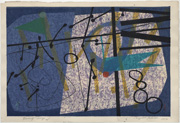
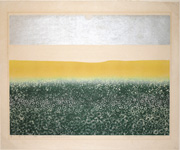
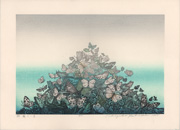
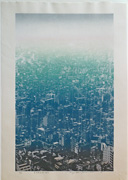

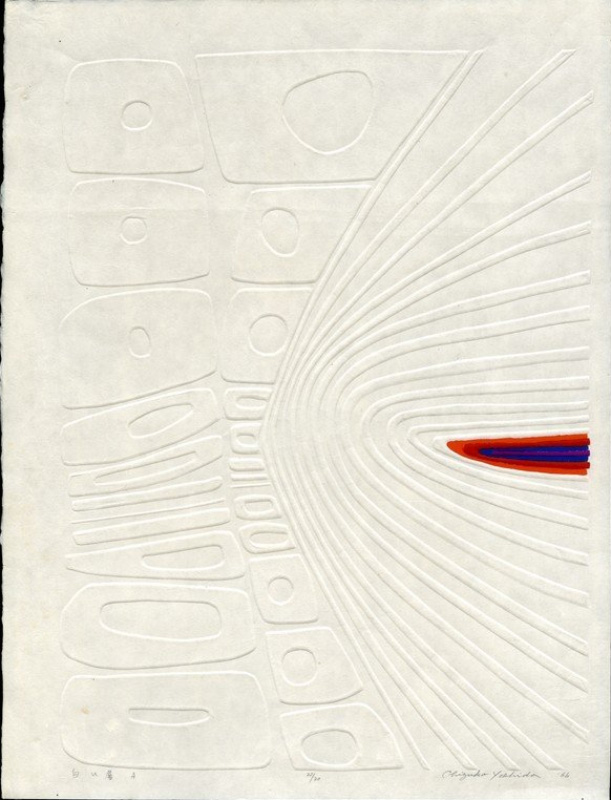
 1978.jpg)
